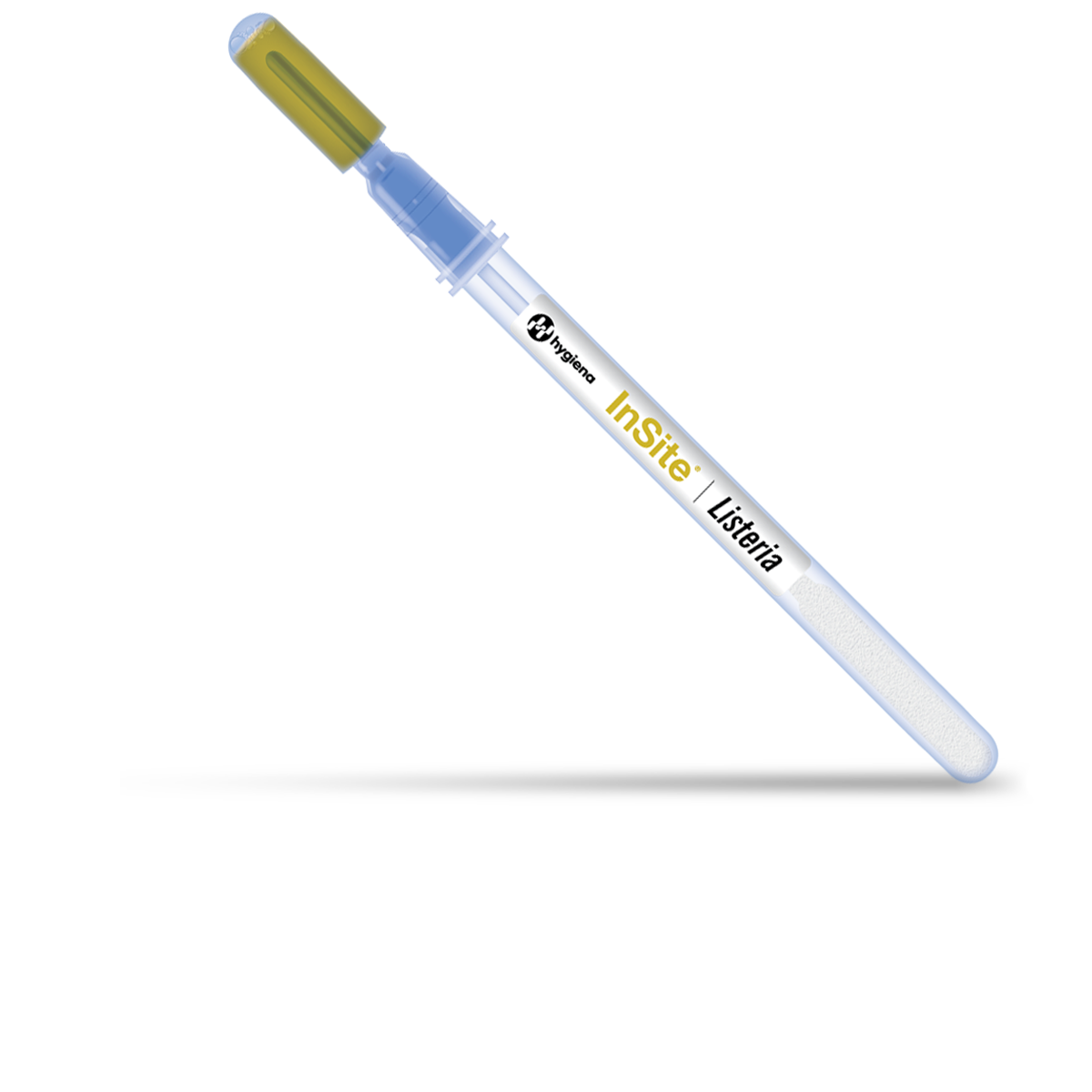
Food Safety
4 Tips for Listeria Testing You Should Know About
Listeria continues to rear its ugly head across various industries without a silver bullet in sight. With Listeria’s innate ability to survive pretty much anywhere and everywhere (maybe even an apocalypse), finding the source, identifying the culprit, and continued monitoring are all essential tools to ensure consumers are kept safe while enjoying their favorite foods. Here are four tips for Listeria testing you should know about.
1. Implement an environmental sampling tool that people will actually use.
If you have to reach into a tiny nook or cranny to take a sample, it better be with a convenient tool for your workers to use without creating additional labor. Listeria loves to be in wet, dark places that are usually not easy to reach. Using a tool like Insite™ provides a two-for-one deal by being both the sampling device and the test device. Read the tech bulletins below to learn more:
- Technical Bulletin: InSite Listeria Swab Area
- Technical Bulletin: InSite Listeria L mono Glo vividly Detects Listeria with Color
2.Cast the net wide, but don’t waste your labor or effort.
The key to managing Listeria is to test frequently and verify positives to pinpoint corrective actions. Hence, the reason more Listeria genus screening and confirmation tools are applied before testing for monocytogenes. Utilizing programs such as biochemical screening with Insite, then confirming positives with BAX® PCR is a great tool that streamlines sample collection, enrichment, and verification. Or try out novel technologies like ListeriaQuant™ for rapid results that detect and quantify Listeria to help assess as well corrective actions are working.
- Technical Bulletin: Presumptive Positives from InSite to BAX
- Technical Bulletin: BAX-ListeriaQuant Development and Verification for Environmental Swabs

3. Listeria are touchy growers.
It may sound weird to talk about bacteria in this way, but they all truly have quirks for getting them to grow and recover. Having a wide variety of enrichment options are key to using a protocol that fits both the bacteria needs and the needs of the lab. Not only has Hygiena™ produced multiple validated test kits for Listeria genus and monocytogenes, the in-house applications team has also developed over 13 validated enrichment parameters to assess various types of environmental swabs for Listeria.
- Technical Bulletin: Validated Enrichment Parameters using the BAX System to Assess EMP for Listeria
- Technical Bulletin: Compatibility of the BAX and Sponge with Wide Spectrum Neutralizer for Listeria
4. Microbiology is a science, but also an art.
It takes true talent in a technician to be great at confirmation of bacteria. Over the years, technologies like Insite and BAX PCR testing have improved and streamlined detection methods. However, confirmation of organisms can be tough since it still follows conventional plating technologies. Since we know Listeria are touchy, multiple styles of protocols can be used to tease out the pathogen when searching for low levels by using retesting statistics and a novel “Herculean” protocol that we have developed.
